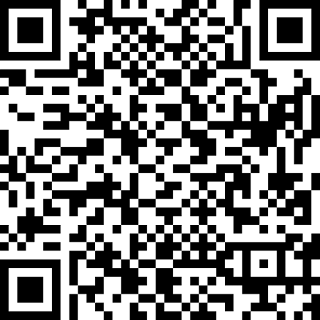Module Menus :
After you giving the current user all permissions you can fine new root menu with
the name Reports Creator with has two submenus with name Create new report
and Templates , as in the image bellow
By going to reports Creator/Templates you will fine view with 20 templates in
many models and you can create your new templates as you want
From reports Creator/templates click on create and enter
name: with will be the name of your template
model : that is the model that you want to create the template for
Apply to models : which is allows you create the current template for more than
one template that you choose by duplicating the current template for each one of
them
Use as sample template : which is allows you to use the current template as
sample that you can choose it to create another template just by editing it
Sample image : the image that will descripting the template
text file , and we can read a value for one field for the model that we had choose
just by writing S{object.field_name} , here you can check the20 examples
as , margins and orientations
and you can get the value of any one of them as we say above
be written in the current template content area , and the you can edit it as you
want
To create and print new report go to reports creator/ create new report and then
click on create button and add the fields
Date : the date of creating this report which is take the current date as default
model : the model that you want to print report from it
Template : select one template form all templates that’s designed for the model
you choose
employee model this field will by employee so you have to choose one employee
to print the report for him
on the top menu , you will get popup window , then revise the report and click on
the print button on the bottom of the window which will create the pdf file
 |
| Download module 👍 |


















